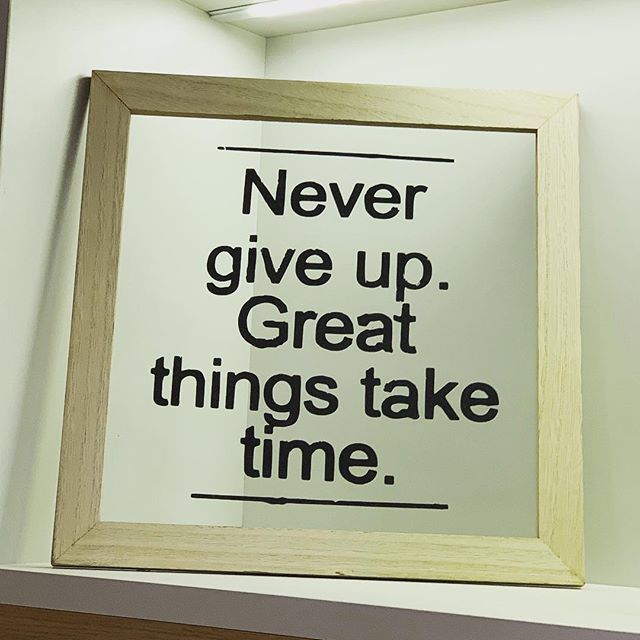Startups Dilemmas in Asia: Bad Revenues & Pivot

Here’s a scenario which I have encountered when various founders sought me for advice across Southeast Asia. They have successfully raised a significant amount of money through investors with a revenue model based on their initial product with the intention to expand to other markets or scale the revenues up with more aggressive sales or marketing tactics. As they start their next cycle, they discover that their business model is not scalable as they originally thought it would be. In such a situation, they are tempted to pivot to a different model given that they have some cash runway. The question is that how they should pivot. Here are a few considerations if anyone out there are thinking about turning around their startups.
Let me summarise the situation with a few perspectives in mind:
- You have a working model with your product to generate revenues. However, it is not scalable or it does not work in another geography. In a honest assessment, you are generating what I called “bad revenues”. I have encountered that situation in my previous startup because we focus too much on business development partnerships to scale distribution instead of adding customers to scale revenues. The reality is that the paying customers are the ultimate judge of whether you are successful. Of course, if you are not in a common market like US, India or China, the different geographies exacerbate bad revenues, rendering the original revenue model useless unless selective customisation of the product might be able to mitigate the issue.
- You need to pivot by building another product or service that might have a shot in generating good revenues. The rationale is that if the present model is generating bad revenues, you need to figure out how to generate good revenues. Upon realisation of the bad revenues generating from the current business model, the business team triggers a red alert and focuses their efforts to find another product-market fit, and discover a few possibilities that might generate good revenues. The difficulty is that the founders need to find a way to align the team or do change management so that they can move away from the present model and shift to the new one.
- You have financial runway given that you have raised a recent round from your investors. Usually, founders come to me in three situations: (a) they have a lot of runway and discover that the startup will die if they continue on their current course, (b) they have half the amount left and need to find a way to battle the burn rate because they are wasting money to acquire bad revenues, (c) they have nearly no money left and have to either ask existing investors to sink in money or find new investors to continue the story. The pivot is used to justify that new round of financing and the founders believe that the new product has corrected their initial mistakes and hope that the investors give them a second chance. On hindsight, it often look like a great idea, except that investors are less likely to give second chances unless you get a huge revenue upside from the new product. What made it worse for the founders upon pivoting to develop the other product, they discover something called transition costs, which amplify the startup’s financing woes quicker.
In the above three points, I have basically drilled down the problem into three perspectives. So, should we do the pivot with the remaining runway given that the nuclear option is to close the company and return the remaining money to the investors? Here’s how I typically advise founders in how to mitigate the risks that I have stated in the those three points because I made those mistakes previously and often thought about what I could do differently.
- Can the bad revenues sustain about 50% of the burn rate of the company while you work on the pivot?: The reason for this is that you buy yourself some time with the runway you have got. Depending on the situation, I advise differently. If the company has a lot of runway, then I will suggest to the founders to focus the sales team in acquiring customers for revenue, while freeze the development for the technology team so that they can work on the pivot. Then gradually when the pivot kicks in, the founders can shift the business team towards the pivot. This method generates revenue while buying the founders time in the pivot. What typically happens is that the pivot may work, but the burn rate is so bad that the founders did not have the runway to show that it can work. In simple words, you have the product or service but no money to do the marketing and sales, and hence you never know whether you could have made it work.
- Be critical about the pivot’s product-market fit: This is where most business and technology people collide upon the need to pivot. The business people insist that they can’t work on the business model in generating revenues, and of course, the technology people kept developing features on the product customised to the business needs. The central tenet here is trust. When founders require my help to think through the issue, I often ask them, “Can you not build a product but rely on refitting your current technology and not automate the process with development until you see the first ten paying customers first?” What does that mean? It means that you create a product with processes and not technology. In fact, it requires the business people to clean up their act and bring in the customers so that the technology people get the urgency to automate the process by developing the new product or service. The best story came from the founder of SecondMarket, where they did not build a product or service but rely on excel spreadsheets as a minimum viable product to allow them gather customers and after some time, they realize what they really need, and build a platform to suit their business purpose.
- Manage team morale: This is where Asian startups are not equipped with as compared to their Silicon Valley counterparts. Essentially, if the business team are not bringing revenues and are trying to pivot, it leads to the rest of team thinking that they are on a sinking ship. It is also why the best founders out there advocate a strong company culture. If the team morale is not managed properly, you will see an exodus of people resigning from the company. Hence, the first thing the founders must do is to align themselves before aligning the employees. For those employees who do not back the aligned “do or die” mission, my suggestion is that the founders should part sooner than later. I have that experience and trust me, it really drains your energy so quickly that you feel like “killing yourself”. Not to mention that I have to do the worst when we have to shut down the company: firing people where they should not deserve that.
Whatever path you will take as founders, my view is that everyone must be aligned to the pivot and ready for the sacrifice or tough times ahead. Otherwise, you are not being responsible to your investors and also to your employees as well.




